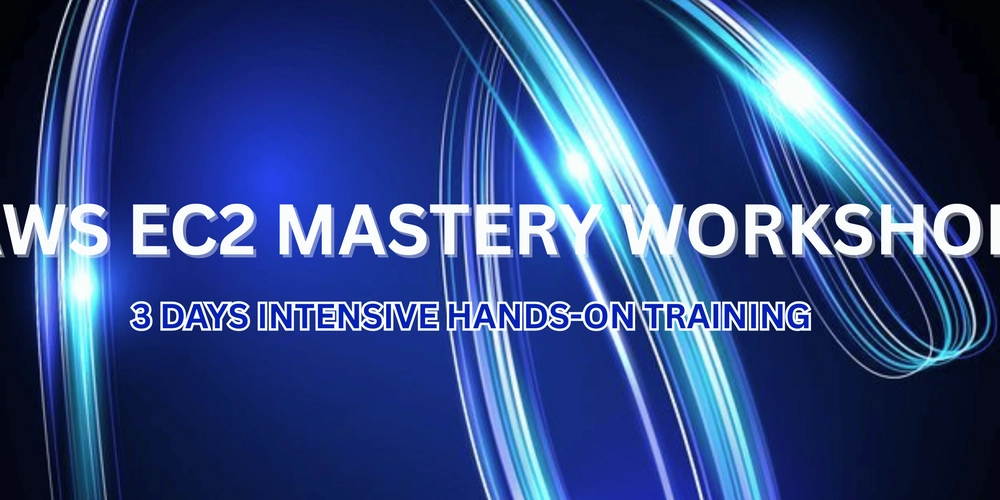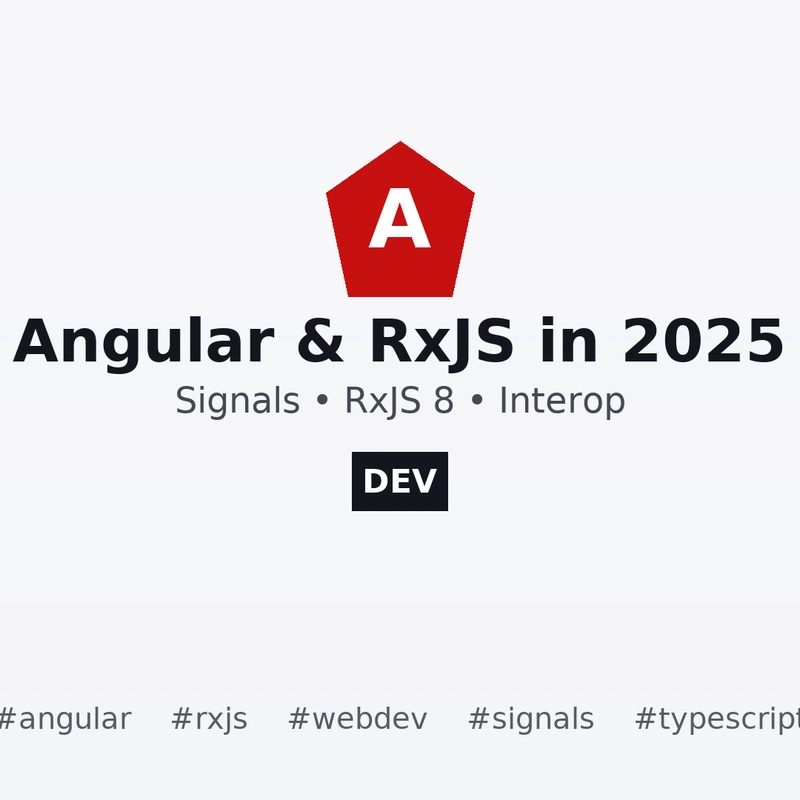TL;DR: I started the Kiroween Hackathon trying to build a complex hardware ghost tape recorder using an NPU and UWB. I failed spectacularly. I scrapped the whole thing and started over with a highly specific, single-file web application (Spec-Tape) focused entirely on 90s nostalgia and AI-driven textual analysis instead of real-time audio processing. Lesson learned: specificity is the MVP.
The Original Sin: The Spectra-Tape Hardware Trap
Like many hackathon participants, I dove in with a vision that was far too broad: I wanted to build the Spectral Tape Audio Companion, and Kiro really thought I meant a physical tape recorder for ghosts, even when I corrected it in the task and design files. The idea was incredibly spooky and cool, but functionally, it was an engineering nightmare for a time-boxed event and totally impossible to make for myself when I’ve never built hardware from scratch or attempted to, but it was game on.
My initial specifications were dedicated to building a premium recording device. Kiro planned for a physical, translucent enclosure, requiring an Edge-AI Optimized ARM SoC with an NPU (dubbed the “Ectoplasm Processor”) to run the Ghost Writer agent locally. We even planned for Ultra-Wideband (UWB) connectivity to “teleport” data via physical Spirit Shards then digital.
The scope included:
- Integrated Dual MEMS Microphones for EVP (Electronic Voice Phenomenon) Tutor Mode.
- A custom software layer, the “Phantom OS,” running the Ghost Writer agent.
- Dedicated, tactile controls, including a “Seance Mode” Button to trigger real-time spectral analysis.
In short, I was attempting to build a fully embedded, edge-AI powered, cryptographically secure audio recorder, complete with custom physical media, in a matter of days. The lack of specificity on the implementation path for the hardware inevitably led to a complete roadblock.
The Necessary Reset: Moving from Metal to Markup
The hard truth was: the project wasn’t an agentic IDE demo; it was a hardware startup for fans of Ghostbusters (very niche market, very unrealistic project). To pivot and actually finish something for KIROWEEN2025, I had to abandon the hardware entirely and start with a blank slate, focusing only on what was achievable in the browser and learning from all my past CV mistakes and wins, like using the custom instructions and leveraging the spec driven development that actually worked really well and was great to see breaking down my requirements, design and plan.
This meant becoming ruthlessly specific about the new scope. My new Product Requirements Document (PRD) defined the project as the Spec-Tape (Kiroween Mixtape App).
The key difference was the architectural shift:
- Platform: Single-File HTML Web Application (Responsive Design).
- Stack: Vanilla JavaScript (ES6+), Tailwind CSS (loaded via CDN).
- Backend: API for analysis.
We even successfully updated the implementation plan to replace hardware elements, moving from the PhysicalControlsManager to a WebControlsManager with CSS animations and keyboard shortcuts. This process showed that detailed documentation and planning—the specifics—were the true foundation.
Being Specific: The Spec-Tape App Features
The new web-based Spec-Tape focuses on fusing 90s mixtape nostalgia with paranormal themes. Every feature is now defined with explicit constraints, ensuring maximum hackathon deliverability:
1. The Core Mixtape Experience (P1: Mandatory)
We aren’t recording live audio anymore. We are building a user interface. This must feature a functional digital cassette player UI with Side A and Side B and 90s Visual FX to emulate a worn cassette and CRT monitor blur/lines. The visual aesthetic is crucial: clunky plastic, neon accents, and a low-resolution pixel font.
2. The Specific Novelty: AI Spectral Analyzer
This is where the agentic power of Kiro is hyper-focused. Since complex, real-time audio analysis in a single HTML file is too difficult, the AI analyzes the text transcript provided by the user.
- User Input: The user inputs the text they believe they heard (the EVP transcript).
- AI Persona: The agent takes on the role of a “Level 7 Spec-Tape Analyst and Paranormal Linguistics Expert”.
- Specific Output: The AI provides a mandatory JSON output that generates a structured, shareable EVP Analysis Report containing specific metrics like classification (A, B, or C), valence (Hostile, Neutral, Playful), and suggested meaning.
This specificity—moving from handling high-fidelity audio input to handling plain text analysis will make it easier but I’m still hoping for an audio breakthrough.
3. Shareability and Metrics
The goal is High Engagement and Shareability. We are validating the project’s success not by the quality of the hardware, but by measurable outcomes:
- Completion Rate: 30% of users must complete the EVP Analysis Report.
- Social Share Rate: 5% of users must click the [ TRANSMIT REPORT ] button to copy the report text to their clipboard.
We are planning to include highly specific, achievable Halloween Easter Eggs, such as triggering a green “STATIC” screen filter upon successful input of the Konami Code sequence. I’m still working on finishing the project and will update the post when it’s ready with the demo submission and repo so you can laugh too!
In the meantime I’ll leave you with two almost identical interfaces that Kiro seemed to think sum up the hardware prototype and actually didn’t do anything that it was supposed to, a quirky spot the difference exercise though!
Final Takeaway
The initial hardware vision was a dense, foggy field of requirements. The new web application spec, Spec-Tape, is a sharp, focused beam of light. If you are tackling a complex project, especially in a hackathon with Kiro or any other AI IDE, don’t just specify what the project is (e.g., “a ghost recorder”). Specify exactly how the user interacts with the product and exactly what technologies will deliver that interaction, bonus points if you have a rough architecture design too.
By being specific, we can transform a massive failure into a rigorously planned and executable web project or learning experience. I did appreciate the planning and testing functions of Kiro compared to other tools I’ve tried in this space and the planning capabilities, plus the trust function to allow it to run certain commands.
Moving from the ambitious, foggy complexity of building a physical device to the clarity of a single-file HTML web application is like the difference between chasing a ghost in a dark mansion and isolating a single, clear message on a lo-fi tape: sometimes, less scope means more substance.





